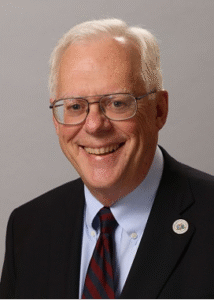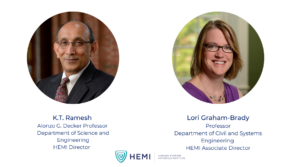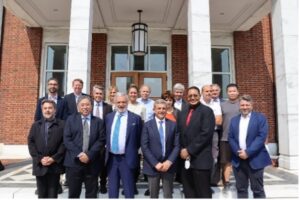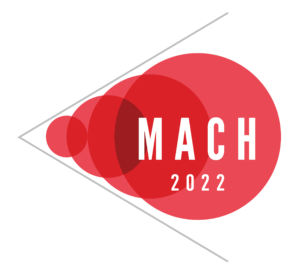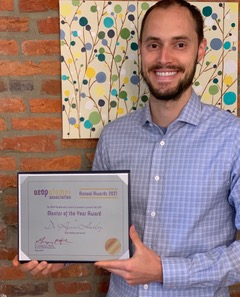
Rebecca Schulman, an associate professor in the Department of Chemical and Biomolecular Engineering, has been named one of 10 2023 Vannevar Bush Faculty Fellows by the U.S. Department of Defense. The five-year, $3 million individual award aims to facilitate the progression of fundamental research, encourage collaboration between researchers and national defense experts, and enable investigators to pursue breakthrough discoveries in their fields.
Schulman, who holds secondary appointments in chemistry and computer science, is a HEMI fellow exploring the interfaces of materials science, biochemistry, circuit design, soft matter physics, and cell-free synthetic biology. Her project, “Self-organizing Biomaterials Using Biomolecular Networks,” will investigate how engineers can build complex machines and materials by applying similar principles to those used in biological development.
“Genes build living things by hierarchically organizing molecules, organelles, cells, tissues, and organs,” said Schulman. “Our project will investigate whether engineers might adopt similar ideas.”
Schulman is looking forward to her fellowship term and expressed gratitude for the people who have assisted her in her efforts so far. Preliminary data and concepts for this fellowship were obtained through an AI for materials seed project funded through the Center for Materials in Extreme Dynamic Environments.
“I am excited about the opportunity to deeply explore new ideas and take risks,” said Schulman.



